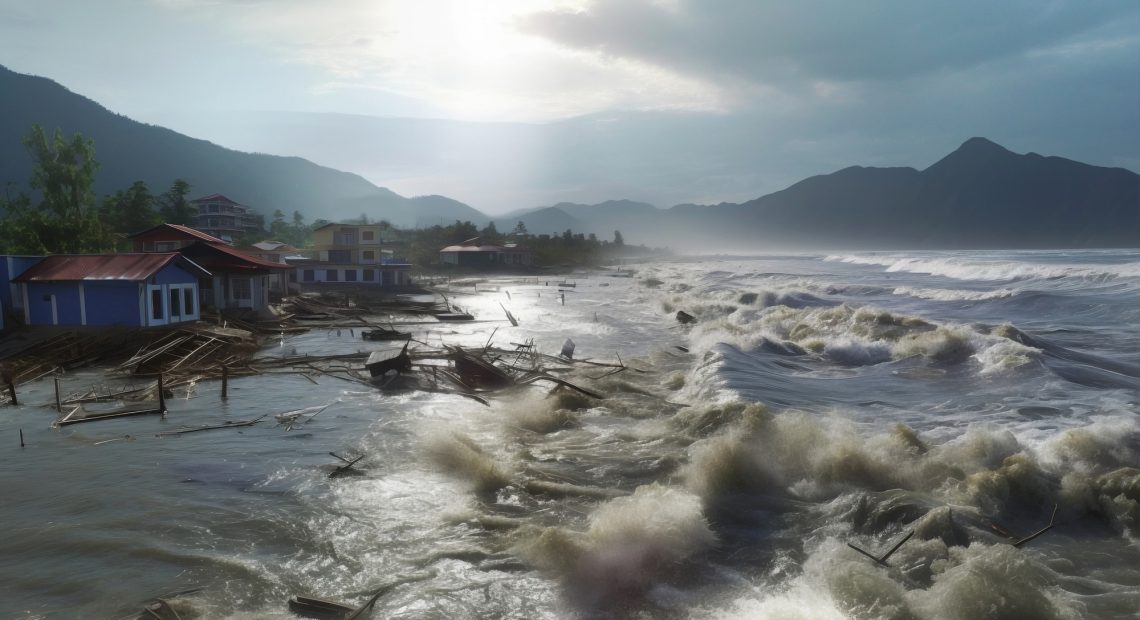
Scientists Warn of Potential Mega-Tsunami Threat to U.S. Coastal Regions
A new study published in the Proceedings of the National Academy of Sciences by researchers from Virginia Tech has raised a red flag over the possibility of a devastating mega-tsunami impacting three U.S. coastal regions — the Pacific Northwest, Alaska, and Hawaii. Scientists warn that under specific geological conditions, a massive tsunami could be triggered, posing a severe threat to millions of lives and critical infrastructure.
Cascadia Subduction Zone: Major Earthquake Risk
The study identifies the Cascadia Subduction Zone — a 600-mile-long fault stretching from Northern California to Vancouver Island — as one of the most dangerous tectonic features in North America. Researchers estimate there is a 15% chance of a magnitude 8.0 or higher earthquake occurring in the region within the next 50 years.
If such an event were to occur, land in the Pacific Northwest could subside by as much as 6.5 feet, drastically increasing the severity of the resulting tsunami. Previous geological evidence suggests that such quakes have triggered catastrophic tsunamis in the past, impacting coastal cities like Seattle and Portland.
Alaska and Hawaii Face Distinct Threats
Alaska is also considered at high risk due to its combination of seismic instability and landslide-prone glacial terrain. Melting ice and shifting geological structures could unleash underwater landslides capable of generating enormous waves.
In Hawaii, the primary concern comes from the collapse of volcanic slopes. The study notes that about 105,000 years ago, a section of the island of Lanai was hit by a 1,000-foot wave, the result of such a collapse. A similar scenario today could send massive waves crashing into populated coastal zones across the Pacific.
Scientists Call for Urgent Preparedness Measures
Researchers are urging U.S. federal and state agencies to prioritize tsunami preparedness. They recommend:
- Strengthening coastal infrastructure to resist inundation.
- Updating and expanding tsunami early-warning systems.
- Educating residents in high-risk zones about evacuation routes and safety protocols.
They caution that although the probability of such an event remains moderate, the potential consequences demand serious attention.
The warnings come as part of growing global concern over climate-amplified natural disasters, and emphasize the need for long-term resilience planning in vulnerable coastal regions.


















